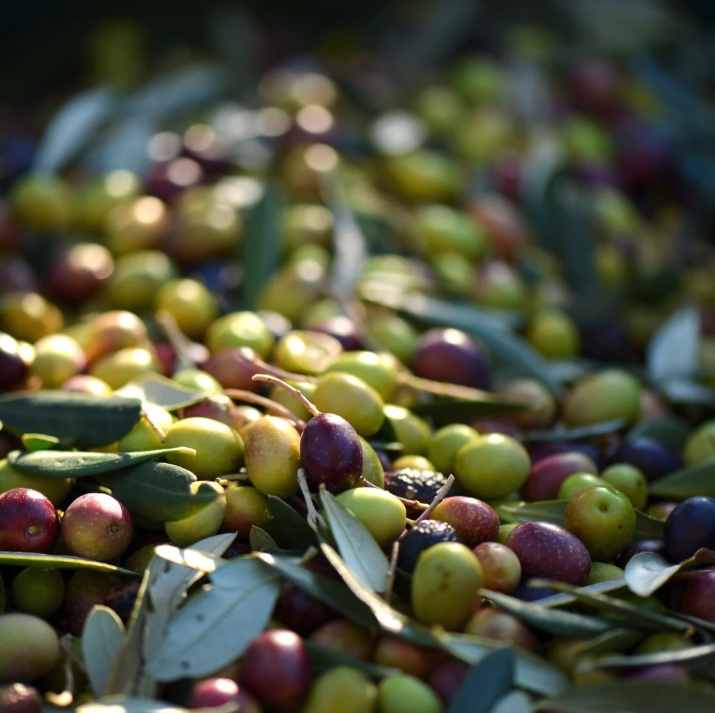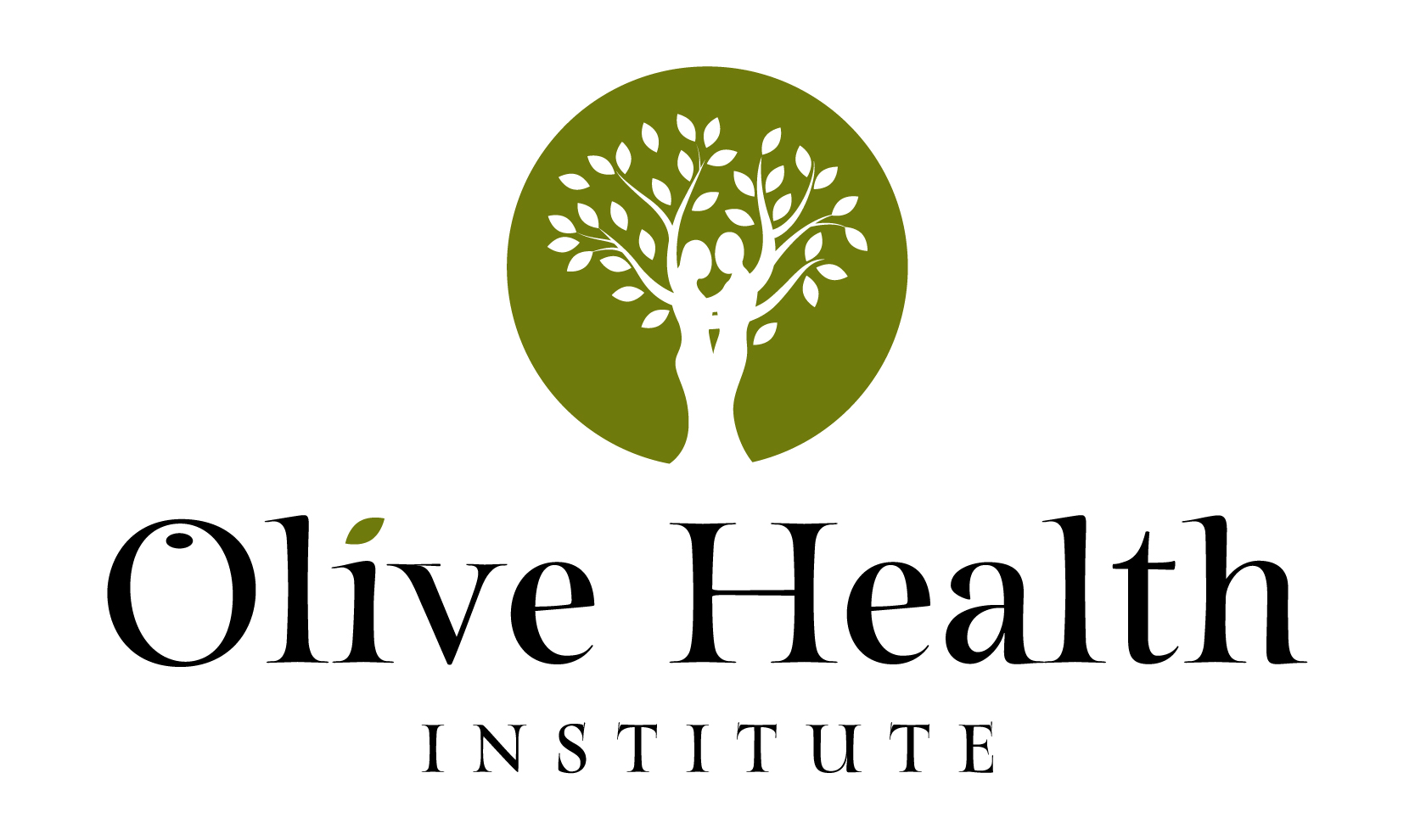
Oleacein: a powerful substance from olive oil
Oleacein is one of the most active ingredients in extra virgin olive oil. This natural compound belongs to the secoiridoids group, a type of polyphenol found almost exclusively in olive trees. Oleacein is formed during the olive pressing process and is derived from the substance oleuropein. It then takes on a more stable form that is more easily absorbed and active in the body.
Like oleocanthal, oleacein is also responsible for some of the sharp, peppery flavor of high-quality olive oil. But more importantly, it's a substance with powerful health-promoting properties that are increasingly being highlighted in scientific research.

What does olaceine do in your body?
Laboratory studies show that oleacein has anti-inflammatory, antioxidant, and antihypertensive effects. It lowers blood pressure, in part, by inhibiting the angiotensin-converting enzyme (ACE), which is involved in blood vessel contraction.
In addition, oleacein appears to influence the mTOR mechanism (mechanistic target of rapamycin). This is a key regulatory mechanism in your cells involved in metabolism, cell growth, repair, and aging. By inhibiting this process, oleacein appears to play a positive role in longevity and healthy aging.
Promising results have also been reported in preventing
atherosclerosis and protecting the cardiovascular system. Researchers now
suspect that oleacein is one of the main explanations for olive oil's
protective effect on the cardiovascular system. After consumption, oleacein is
rapidly absorbed and converted into an active form (glucuronides), which enters
the bloodstream and can exert its effects. Moreover, the substance appears to
continue to function effectively, even after digestion and absorption.
